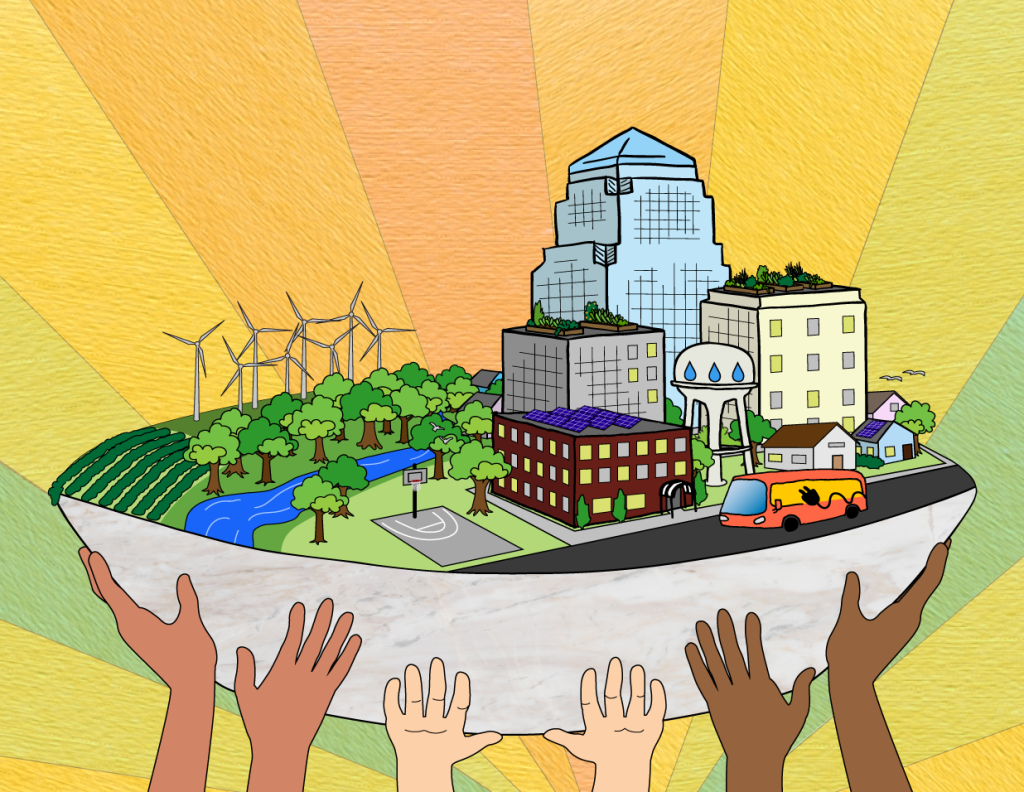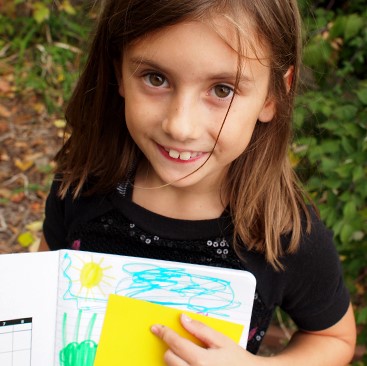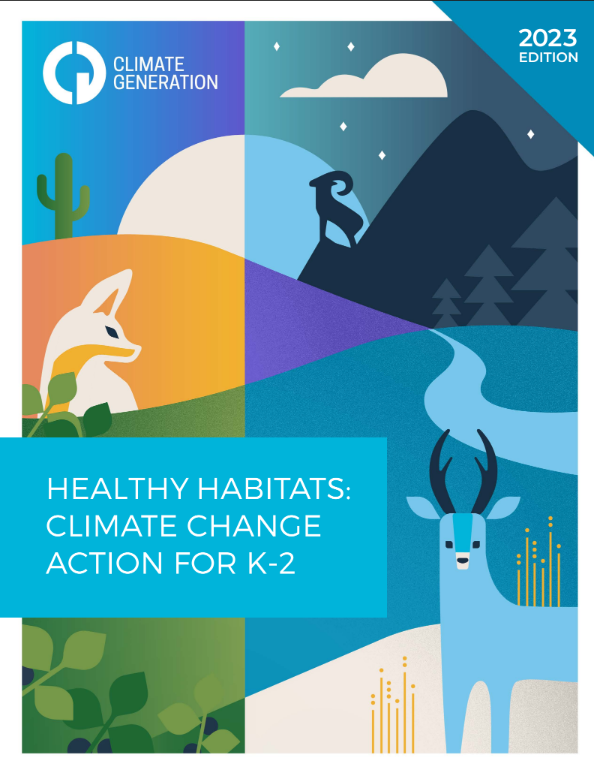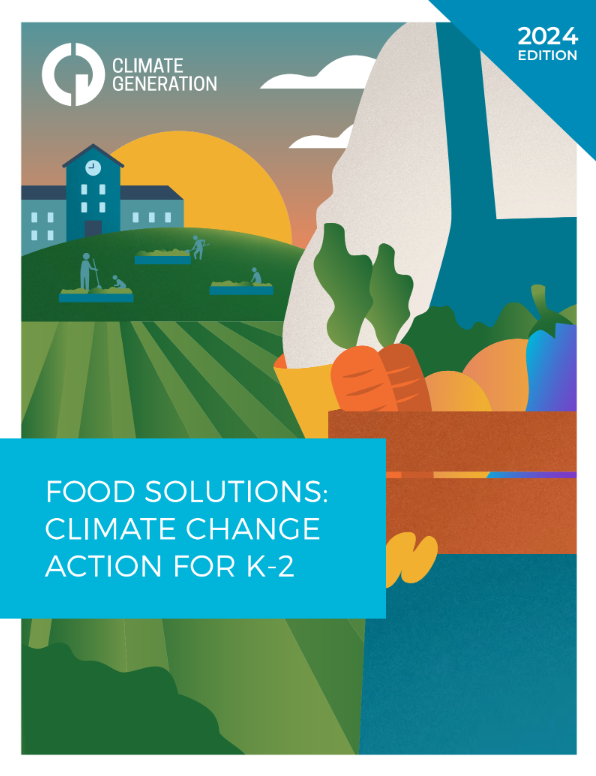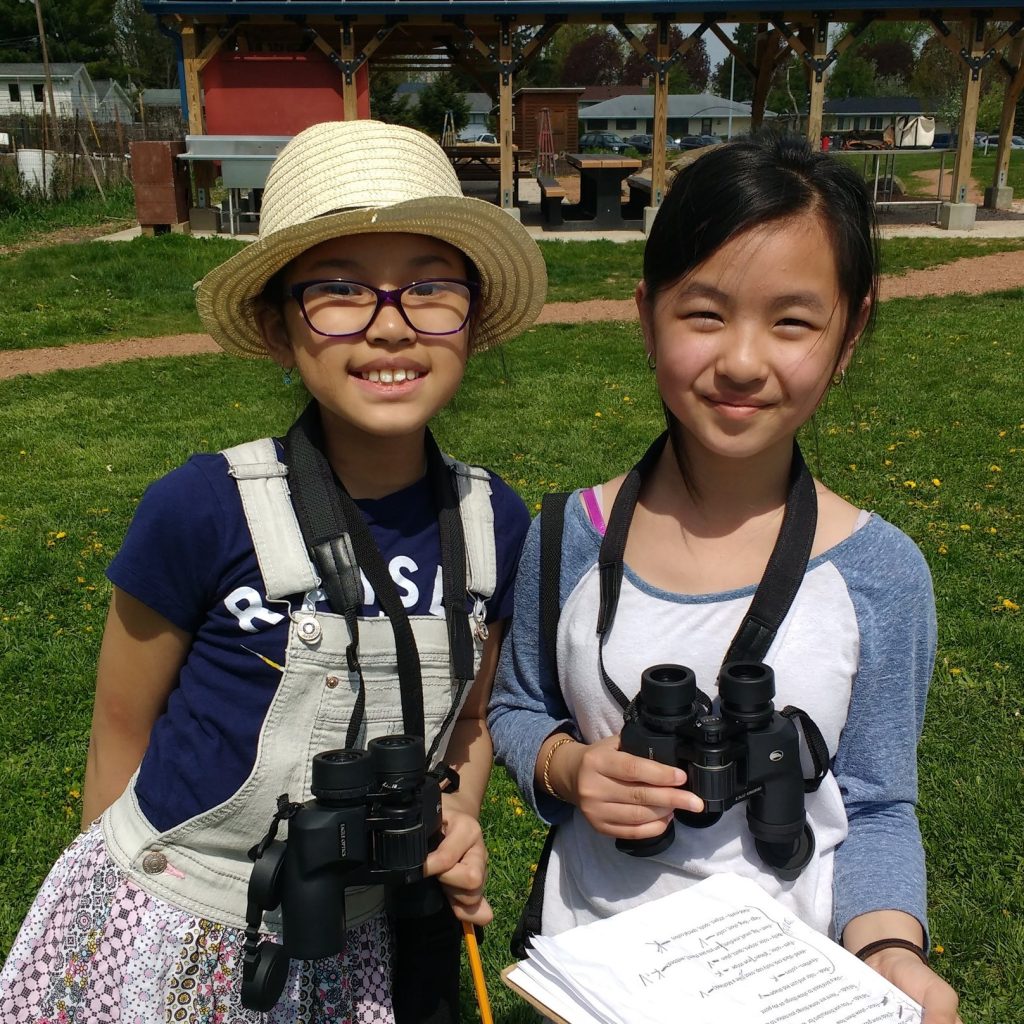Climate
Overview
In this Curriculum Jams process, the group focused on materials that adults can use to facilitate lessons about climate. Our goal was to identify resources that could support youth in developing greater understanding and agency around the topic of climate.
Scope
Early on, the planning team identified a need for materials to address climate from several perspectives, adjusting the criteria to be developmentally appropriate for each age group.
We used the following criteria to evaluate the content of high school resources, adapting it for younger audiences:
- Developing awareness around:
- How to identify reliable information
- Understanding habitats and ecosystems
- Climate impacts
- Emotional responses
- Understanding climate justice through:
- Understanding climate injustice
- Local, national, and global policy
- Climate just futures
- Approaching climate action:
- Pursuing sustainable action as a response to eco-anxiety
- Frameworks for action
- Understanding local and global actions and impacts
We also looked for resources that represented different perspectives on climate:
- Indigenous ways of knowing and Traditional Ecological Knowledge (TEK)
- Western scientific research and evidence
- Place-based knowledge
The planning team also identified some criteria for how the content should be delivered. We prioritized content that emphasizes:
- developing climate literacy skills
- inviting youth to teach, collect data, and take action
- sharing stories of youth making a difference
- youth development
- frameworks that highlight marginalized voices
- place-based approaches
- creative modes of engagement
How were these recommendations developed?
2 focus groups involving 10 individuals with lived experience and/or specialized background related to climate education developed the basis for review criteria.
13 content sub-themes, and 7 delivery sub-themes formed the basis for criteria the group applied to a curriculum search process. The criteria were used to pre-screen and filter identified curriculum resources.
Out of 41 teaching resources reviewed, 5 teaching resources were selected for recommendation.
8 educators and community members with lived experience and/or specialized background in climate education made the following curriculum recommendations.
Deep gratitude to all the youth, community adults, and educators who served as collaborators, focus group participants, and reviewers!
Resources
Based on the criteria above, the reviewers recommended the following resources:
Educator Toolbox
This toolbox is made up of recommended resources that program leaders and educators can use to develop background knowledge about climate. The downloadable tipsheet is a helpful starting place for learning basic terms and best practices for approaching education about climate.

